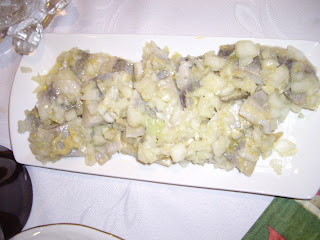Yesterday, November 11th, Poland celebrated the
Polish National Independence Day. Poland restored it's independence in 1918 led by one of the most important Polish statesman and First Marshal, Józef Pilsudski.
Every year, different Polish political fractions and groups, mainly the ruling Civic Platform (PO = Platforma Obywatelska) and opposition party, Law and Justice (PiS = Prawo i Sprawiedliwosc), claim to be the only true continuators of the independence movement.
Sadly, today, during the nationalist march in Warsaw, organized by the All Polish Youth (Młodzież Wszechpolska) and the National Radical Camp (ONR = Obóz Narodowo-Radykalny), a wave of violence took over the city. Although, both groups have questionable ideology, one must wonder what really happened yesterday that sparked the clash with the police.
Polish media reports that from the very beginning of the march, stones and flares were thrown from the crowd at the police. The other side claims a premeditated police provocation.
Below are some of the YouTube videos taken during the march. One question stands out: why are plain clothes policemen wearing ski masks are mingling in the crowd? Mix a batch of angry youth and you have yourself a riot. And to be clear, yes, the police acted in a very provocative way. You make up your own opinion on who's to blame for that mess. To put things in perspective: the tolerance is a two way highway.





